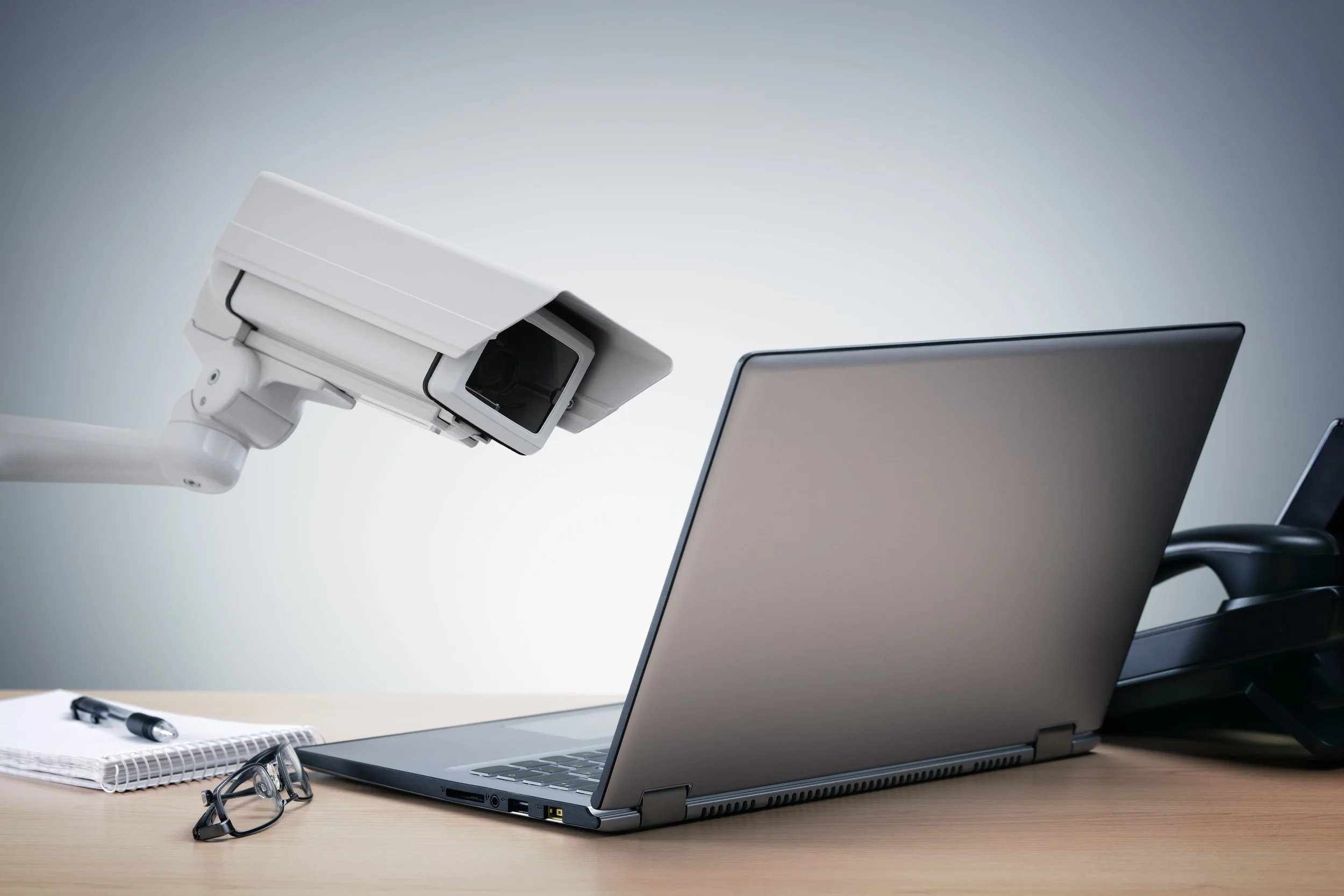The risks for businesses using employee monitoring software
Chris Cook at SA Law says leaders should be mindful of their legal responsibilities and research which suggests it could be detrimental to employee productivity
Last autumn, the UK’s Information Commissioner’s Office published its final guidance for employers on employee monitoring. With remote working now the norm for most businesses since the pandemic, employee monitoring software is increasingly being used. However, concerns have been building. In February 2022, the Trades Union Congress (TUC) found that 60 per cent of workers felt they had been tracked at work over the previous year, and in response it warned that this type of worker surveillance could be “intrusive” and could “spiral out of control” leading to “discrimination, work intensification and unfair treatment”.
Previously, it was easier to see if someone wasn’t performing - you only had to spot them across the office – now it’s much harder for senior leaders to have this visibility when working remotely.
That being said, some businesses will be reluctant to scrap remote working policies for the sake of a few poor performers, due to the wider benefits it provides to the business (such as costs reductions due to having a smaller or no physical office space) as well as greater productivity and talent retention across the workforce as a whole. Opting for employee monitoring software to catch the few ‘bad apples’ can be seen as a cost-effective and ‘low impact’ approach to clamping down on poor performance. Some employers may also want to use monitoring tools to track tasks that slow most employees down, so they can introduce company-wide solutions to improve efficiency.
As appetite has grown for employee monitoring software, so has the variety of tracking systems. Employers can now deploy monitoring systems which track employees time spent on tasks, screenshots of what they’re working on, website browser trackers, keystroke logging, webcam surveillance, as well as email and call tracking – the list goes on.
However, there are huge risks for businesses using employee monitoring software. Leaders should be mindful of recent research that suggests it could be detrimental to employee productivity – the exact opposite of what a business wants. For instance, a 2020 CIPD survey found “73 per cent of employees feel that introducing workplace monitoring would damage trust between workers and their employers”. A study in the US found that monitoring employees “made them more likely to break rules” (intentionally taking more breaks, working slower) due to a lack of agency and anger that they weren’t trusted over their workload. This clashes with the countless studies which have found high-trust workplaces can improve productivity and profitability.
It’s also legally risky for businesses. In 2022, a Dutch court ruled that monitoring an employee’s webcam was a violation of privacy. The business had to pay out tens of thousands of euros in compensation after firing the employee, who for privacy reasons refused to leave their webcam on for monitoring during a training session. The court said the “instruction to leave the camera on is contrary to the employee’s right to respect for his private life”. It’s likely we’ll see similar cases arise in the future.
Given these risks, it’s worth considering the other ways to inspire hard working and employee engagement so they can perform at their best. It's also worth taking a hard look at how you measure productivity and how that aligns with your business objectives – just because an employee is always online and sending more emails than another, it doesn’t mean they’re thinking of the best, creative remedies to a complex issue, or responding to clients in a thoughtful and personal way which is conducive to long-term financially beneficial business relationships.
Leaders should also look at their development processes. Are you regularly holding appraisals, do you have a protocol for these sessions and are you communicating with staff what they need to do improve and how to do it if necessary? Sometimes poor productivity comes down to poor management – ie lack of clarity for employees on what’s expected of them and not being praised on their achievements. It’s worth having some policies in place and encouraging managers to be clear with employees about what they expect. Revising your disciplinary processes and making sure they’re followed by managers is also important to ensure poor performance is tackled appropriately.
Despite monitoring software improving visibility of workflows, it can also have a detrimental impact on the morale of your workforce and can be legally risky. It’s worth considering the ICO’s final guidance and what other solutions you could implement before using this technology in your business.
Chris Cook is partner and head of employment and data protection at SA Law



